LAPAROSCOPY
Gynaecological Laparoscopic Surgeries :
Lorem ipsum dolor sit amet, consectetur adipiscing elit. Ut elit tellus, luctus nec ullamcorper mattis, pulvinar dapibus leo.
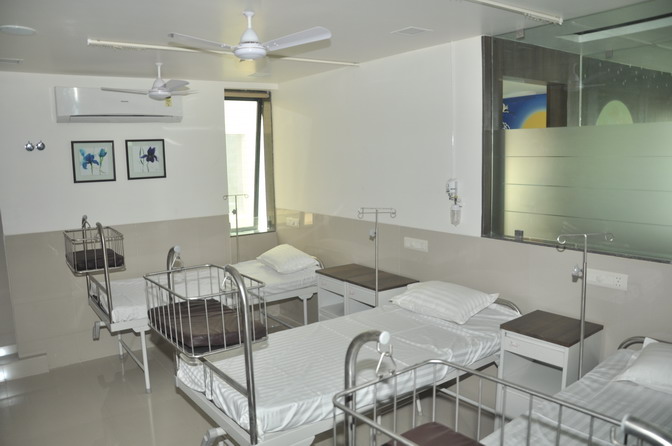
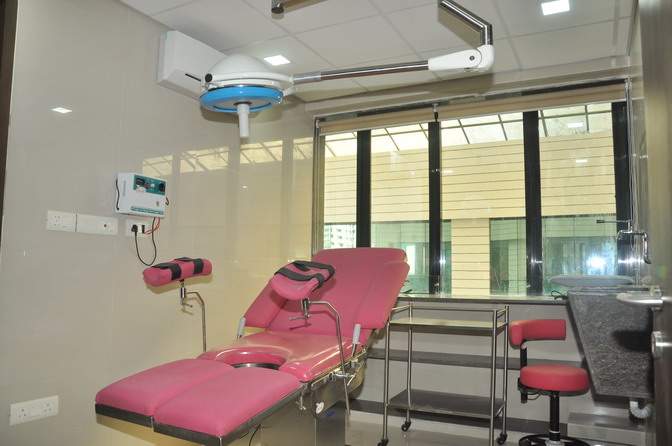
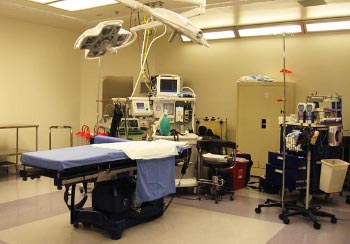
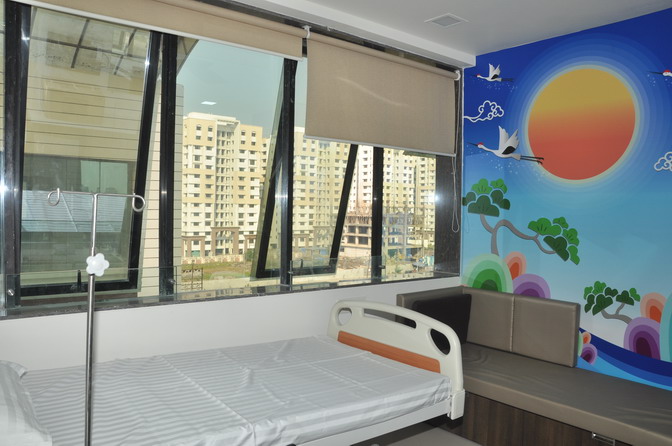
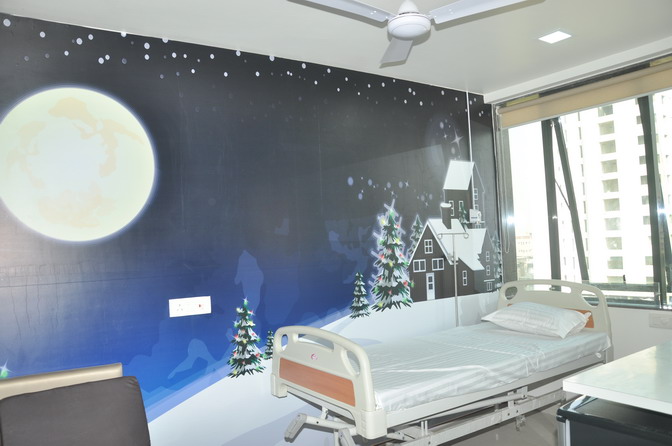
Introduction
The laparoscope is a fibre-optic telescope designed to allow the surgeon to visualize and examine the organs lying within the pelvic and abdominal cavities. Laparoscopy is the term used to describe the operative procedure and may be used to aid diagnosis where this cannot be made by physical examination or symptom description and to facilitate treatment for some gynaecological conditions.
Indications
Diagnostic Laparoscopy can be used for:
• Investigation of pelvic pain
• Investigation of infertility
• Examination of cysts and tumours
• To obtain biopsy samples
• To investigate suspected ectopic pregnancy
Operative Laparoscopy is utilised:
• To achieve female sterilisation
• For treatment of ectopic pregnancy
• To release/remove pelvic or abdominal adhesions
• To surgically treat endometriosis
• To excise or drain ovarian cysts
• To remove fibroid (benign) tumours from the uterus
• To enhance fertility eg: assisted reproductive techniques
• To facilitate hysterectomy
• To reconstruct the pelvic floor, treat prolapse and incontinence
At times a surgeon may extend a diagnostic procedure and undertake concurrent laparoscopic operative surgery to improve treatment, speed recovery and to avoid further hospitalisation and anaesthesia. In such cases your gynaecologist is likely to have discussed this possibility before surgery. Other operations are sometimes performed in conjunction with laparoscopy.
For example:
• Dilatation and curettage (D & C – stripping of the uterine lining)
• Hysteroscopy (telescopic examination of the uterine lining)
• Dye perfusion (passing dye through the fallopian tubes to check on tubal patency)
In all of these situations your surgeon will discuss the additional procedure.
Why Laparoscopic surgeries have become so popular?
Laparoscopic surgeries have become very popular in short span of time, infact they have replaced all traditional abdominal surgeries. Their popularity is due to the immense advantages they have got over traditional surgeries. The advantages and benefits to the patients are
• less pain
• Patient recovers very fast (24-48 hrs.) and can resume to work within few days.
• No post operative rest required
• No/ small scars on the abdomen
• No chances of wound infection
• No chances of post operative hernias and adhesions
• Apart from these benefits, patients also will have immense long term benefits.
In an approach to further reduce the invasiveness of surgery and hence morbidity to the patient, single incision laparoscopy surgery ( scarless surgery) and 3-D laproscopy have been developed, both being available at Sanna Hospital.
Almost all gynecological laparoscopic surgeries are performed at our instituition
• Diagnostic laparoscopy
• Laparoscopic sterilisation (family planning)- both postpartum and interval
• Laparoscopic ovarian drilling ( for polycystic ovaries)
• Laparoscopic adhesiolysis
• Laparoscopic myomectomy (Fibroid removal)- upto 34 wks pregnant uterine size
• Laparoscopic Hysterectomy (Uterus removal)- LAVH, TLH- upto 34 wks pregnant uterine size
• Laparoscopy for ovarian cyst removal (lap cystectomy)
• Laparoscopic surgery for endometriosis (operative lap for endometriosis)- all stages of endometriosis, recurrent endometriosis
• Laparoscopic surgery for adnexal mass, tubo- ovarian abscess
• Laparoscopy for chronic pelvic pain
• Laparoscopic uterine nerve ablation (LUNA)
• Laparoscopic presacral neurectomy
• Laparoscopic surgery for tubal recanalisation (reversal of tubal sterilisation)
• Laparoscopic surgeries during pregnancy ex: Appendicectomy, Twisted Ovarian cyst.
• Laparoscopic Cervicopexy, Round Ligament plication, mosco witz,
• Laparoscopic sacrospinous Colpopexy/ cervicopexy, Sacrocolpopexy/ sacrocervicopexy ( for uterine prolapse, post hysterectomy vault prolapse
• Laproscopic Burch colposuspension and paravaginal repair for stress Urinary incontinence.
